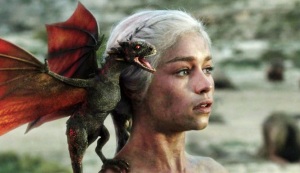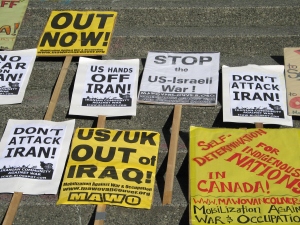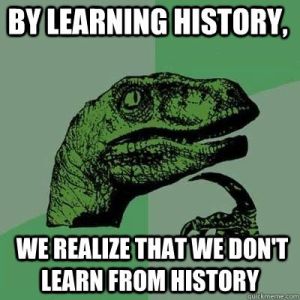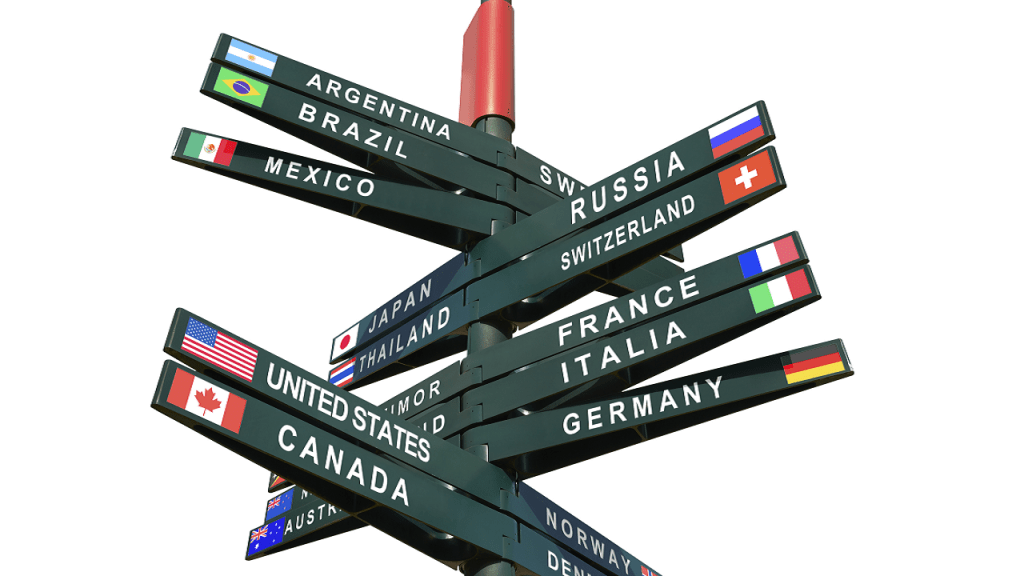Alternative facts, misdirection, and outright propaganda seem to dominate the news media landscape today in a way that is quite different from the past.
Thank you to the Society for Learning in Retirement in Kelowna for honouring me with a lifetime membership! I feel very privileged to be able to continue serving this very wonderful group of humans!
Some Tools for Media Literacy
- Use the Internet Archive to retrieve older versions of public websites
- ProPublica Article on How to Spot Fake News
- Snopes Fact Checking
- Ground News
- Ground News is a platform that makes it easy to compare news sources, read between the lines of media bias and break free from algorithms.
- https://ground.news/about
- Blindspot newsletter
- https://ground.news/blindspot
- Ground News is a platform that makes it easy to compare news sources, read between the lines of media bias and break free from algorithms.
- Pol.is links democratic debate with A.I.
- Connected Papers give you Mindmaps of how Scholarly Papers are linked
- Google Scholar for Peer-Reviewed Articles
- JSTOR – For Peer-Reviewed Open Access Articles
- My 2014 Blog Post ‘How to Follow the News’
- Library of Parliament for Government Records
- Custom Search tips for Google (SFU)
Readings
2018 Edelman Trust Barometer. (2017).
Art of the lie—Post-truth politics. (2016). The Economist. https://www.economist.com/leaders/2016/09/10/art-of-the-lie?cid1=cust/ednew/n/bl/n/2016098n/owned/n/n/nwl/n/n/NA/n
Benkler, Y., Faris, R., Roberts, H., & Zuckerman, E. (2017). Study: Breitbart-led right-wing media ecosystem altered broader media agenda—Columbia Journalism Review. Columbia Journalism Review. http://www.cjr.org/analysis/breitbart-media-trump-harvard-study.php
ChatGPT: Optimizing Language Models for Dialogue. (2022, November 30). OpenAI. https://openai.com/blog/chatgpt/
Coaston, J. (2018). #QAnon, the pro-Trump conspiracy theory, explained—Vox. Vox. https://www.vox.com/policy-and-politics/2018/8/1/17253444/qanon-trump-conspiracy-theory-reddit
Coles, T. J. (2018). Fake News and Weaponized Bots: How Algorithms Inflate Profiles, Spread Disinfo and Disrupt Democracy. Counterpunch. https://www.counterpunch.org/2018/10/08/fake-news-and-weaponized-bots-how-algorithms-inflate-profiles-spread-disinfo-and-disrupt-democracy/
Devega, C. (2018). Donald Trump’s “chaos magic”: Author Gary Lachman on the far right’s links to occult philosophy | Salon.com. Salon. https://www.salon.com/2018/07/16/donald-trumps-chaos-magic-author-gary-lachman-on-the-far-rights-links-to-occult-philosophy/
Edwards, S., & Livingston, S. (2018). Fake news is about to get a lot worse. That will make it easier to violate human rights—And get away with it. The Washington Post. https://www.washingtonpost.com/amphtml/news/monkey-cage/wp/2018/04/03/fake-news-is-about-to-get-a-lot-worse-that-will-make-it-easier-to-violate-human-rights-and-get-away-with-it/?noredirect=on
Gonzalez, R. J. (2018). The Mind-Benders: How to Harvest Facebook Data, Brainwash Voters, and Swing Elections. Counterpunch. https://www.counterpunch.org/2018/03/23/the-mind-benders-how-to-harvest-facebook-data-brainwash-voters-and-swing-elections/
Gross, J. (2023, January 10). How Finland Is Teaching a Generation to Spot Misinformation. The New York Times. https://www.nytimes.com/2023/01/10/world/europe/finland-misinformation-classes.html
Gutting, G. (2011). The Social Side of Reasoning—The New York Times. The New York Times Opinionator – The Stone. https://opinionator.blogs.nytimes.com/2011/06/29/argument-truth-and-the-social-side-of-reasoning/
How to Spot a Bogus News Site. (n.d.). Pocket. Retrieved January 30, 2023, from https://getpocket.com/collections/how-to-spot-a-bogus-news-site
Illing, S. (2018). Hashtag wars: How Facebook, Twitter, and social media changed how we fight wars—Vox. Vox. https://www.vox.com/platform/amp/world/2018/10/8/17884154/social-media-cyberwar-isis-taylor-swift-peter-singer
Jenkins, H. (2009). How "Dumbledore’s Army" Is Transforming Our World: An Interview with the HP Alliance’s Andrew Slack (Part One)—Henry Jenkins. Henry Jenkins.Org. http://henryjenkins.org/blog/2009/07/how_dumbledores_army_is_transf.html
Morgan, J. (2017). Sockpuppets, Secessionists, and Breitbart – Data for Democracy – Medium. Data for Democracy. https://medium.com/data-for-democracy/sockpuppets-secessionists-and-breitbart-7171b1134cd5
Mosleh, M., Pennycook, G., Arechar, A. A., & Rand, D. G. (2021). Cognitive reflection correlates with behavior on Twitter. Nature Communications, 12(1), Article 1. https://doi.org/10.1038/s41467-020-20043-0
Pennycook, G., Epstein, Z., Mosleh, M., Arechar, A. A., Eckles, D., & Rand, D. G. (2021). Shifting attention to accuracy can reduce misinformation online. Nature, 592(7855), Article 7855. https://doi.org/10.1038/s41586-021-03344-2
Pennycook, G., & Rand, D. G. (2022). Accuracy prompts are a replicable and generalizable approach for reducing the spread of misinformation. Nature Communications, 13(1), Article 1. https://doi.org/10.1038/s41467-022-30073-5
Shao, C., Ciampaglia, G. L., Varol, O., Yang, K., Flammini, A., & Menczer, F. (2017). The spread of low-credibility content by social bots. http://arxiv.org/abs/1707.07592
Weisburd, A., Watts, C., & Berger, J. (2016). Trolling for Trump: How Russia Is Trying to Destroy Our Democracy. War on the Rocks. https://warontherocks.com/2016/11/trolling-for-trump-how-russia-is-trying-to-destroy-our-democracy/
Yglesias, M. (2017). The Bullshitter-in-Chief—Vox. Vox. https://www.vox.com/policy-and-politics/2017/5/30/15631710/trump-bullshit






 when information is contradictory. Individuals often go to great lengths to overcome the discomfort, including ignoring contradictory information, oversimplifying the facts, and narrowing the frame of reference. Try to recognize these strategies in yourself and others. Try to become comfortable with contradiction, blurriness, messiness, and complexity.
when information is contradictory. Individuals often go to great lengths to overcome the discomfort, including ignoring contradictory information, oversimplifying the facts, and narrowing the frame of reference. Try to recognize these strategies in yourself and others. Try to become comfortable with contradiction, blurriness, messiness, and complexity.

![clip_image002[4] clip_image002[4]](https://rozwarner.com/wp-content/uploads/2013/02/clip_image0024_thumb.jpg)
 For a great listing of Student Opportunities in the field of International Development, check out the
For a great listing of Student Opportunities in the field of International Development, check out the
You must be logged in to post a comment.